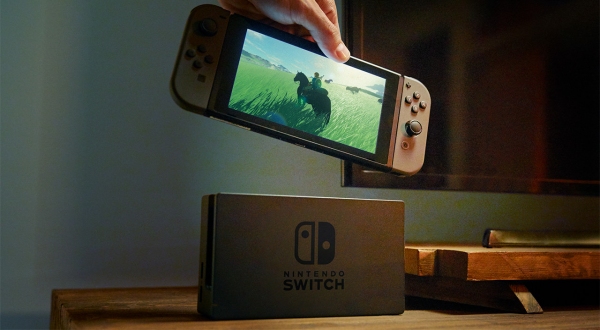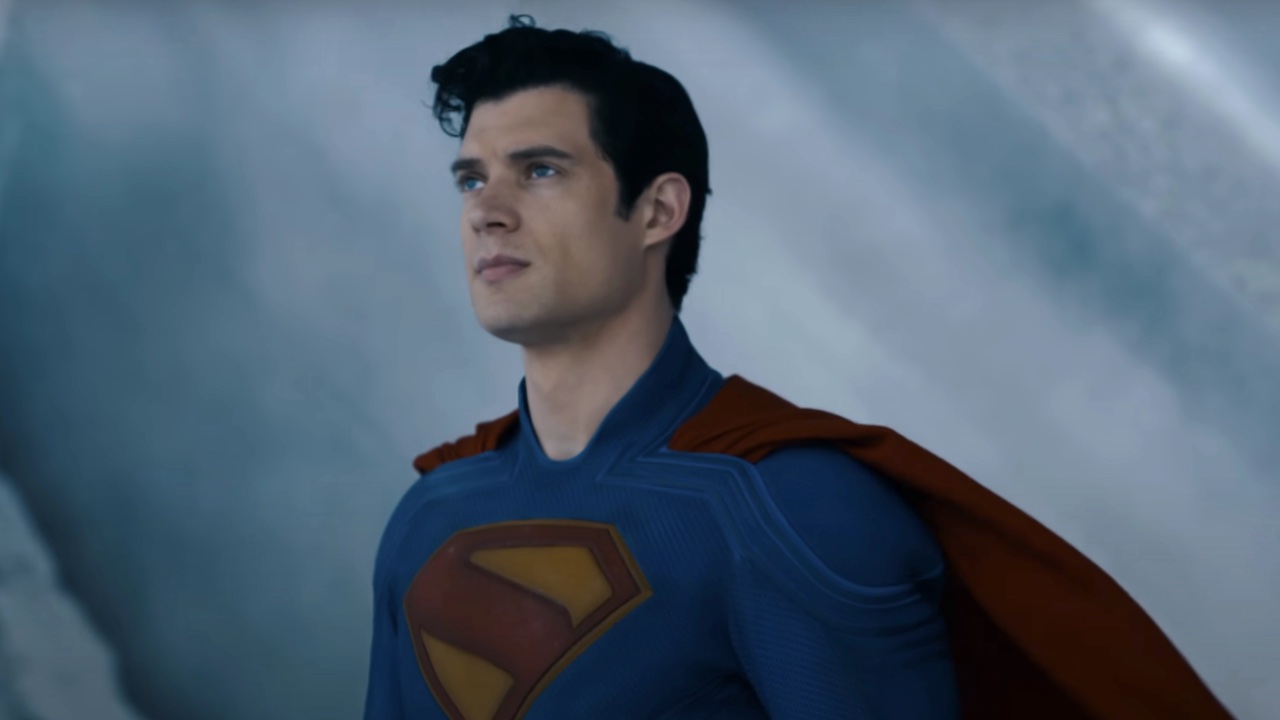These Rumored Nintendo Switch Specs Are Not Good News

The Nintendo Switch has been the subject of discussion all year long. The hybrid game console has also been on the receiving end of all sorts of spec speculation, and we finally have something a little more concrete to go by that just might put to rest some theories about what's under the Switch's hood.
Eurogamer's Digital Foundry did a breakdown of the specs based on a leaked devkit documentation sheet. The sheet supposedly comes directly from Nintendo and reveals the working development specifications for the Nintendo Switch. Now, keep in mind that devkit specs are not always final specs, but they're usually safe specs so that developers can build first wave games that are properly optimized for the console and run well right out of the box.
With that bit of a disclaimer out of the way, Digital Foundry reported that the spec sheet for the Nintendo Switch's documentation revealed that the console has a CPU clock speed of 1GHz whether it's docked or not. The memory controller for the RAM runs at up to 1600MHz docked or undocked, but when undocked you can squeeze more battery life out of the system by cutting out some of the hertz and bringing it down to 1331MHz.
But while those specs may not be that bad, the real doozy comes from the GPU clock speeds. Now hold on tight to your butts: the Nintendo Switch's devkit GPU clock speed is 307.2MHz. Yes, it's the equivalent of the speed of a Pentium II from 20 years ago.
However it's not all bad news. Keep in mind that the GPU is purposefully down-clocked by half its standard clock-rate of 768MHz. The interesting thing about it is that it's actually down-clocked even more from the base rate of a Tegra X1 Maxwell chip, making it a little lower than what the base clock-rate was for the GTX 680.
This might seem like a terrible thing, but they point out that the purposeful down-clocking of such a powerful chip is done to reduce battery wear and lower thermal load. In other words, you have an extremely powerful chip running at far under its recommended use in order to preserve the wear and tear on it long-term, and to maximize the amount of battery life you get out of the device.
Another interesting thing is that the Nintendo Switch apparently does utilize over-clocking on the docking station. In this case it would be more like normal-clocking given that the base rate of the devkit specifications is still under par to what the Tegra X1 runs (which is 1GHz). When docked you get up to 768MHz and undocked 307MHz, which means that it runs at 40% of its top speed when undocked. This has been speculated by Digital Foundry (and most of everyone else) to be a tactical decision by Nintendo to prolong the battery for hours on end.
CINEMABLEND NEWSLETTER
Your Daily Blend of Entertainment News
The reason the GPU has taken such a hit and not the CPU is because it's possible developers could use dynamic scaling with the GPU when it's docked or undocked, whereas if you down-clock the CPU you'll end up breaking the game's code and logic, which many times is attached to the cycle rate of the CPU. We actually saw this in action when they undocked the Nintendo Switch on The Tonight Show and Legend of Zelda: Breath of the Wild's frame-rate went from 60fps down to 30fps, getting cut in half (which fits in line with the 40% GPU clock-rate speed when undocked).
Now this doesn't necessarily mean that the final specs of the Nintendo Switch are that low. Remember both the PS4 and Xbox One received post-launch firmware updates to free up both RAM and CPU cycles for developers. So while the launch games might be designed to run under 768MHz when docked, and 307MHz when undocked, Nintendo may be reserving some power for later into the Nintendo Switch's lifespan to give developers a little more horsepower to work with down the line.
Of course, we won't know for sure until 1:1 benchmarks are run on the actual Nintendo Switch's hardware. Theoretical and synthetic tests based on the devkit documentation give us a good idea of what the early games will be like, but that may not be fully representative of what's under the Switch's hood.
In layman's terms: the raw performance of the Nintendo Switch is just under par with the vanilla PS4's specs. So you can still expect slightly similar render output to PS4 games when the Switch is docked.
Staff Writer at CinemaBlend.
Pride And Prejudice’s Director Shared The Story Behind Mr. Darcy’s Iconic Hand Flex Scene, And I’m Swooning All Over Again
90 Day: The Last Resort Season 2 Couldn't Wait Until The Final Tell-All To Reveal Josh Weinstein's New Girlfriend, But I Remain Skeptical About It
Your Friends And Neighbors Has Already Been Renewed For Season 2, And It Might Come Sooner Than You'd Guess










